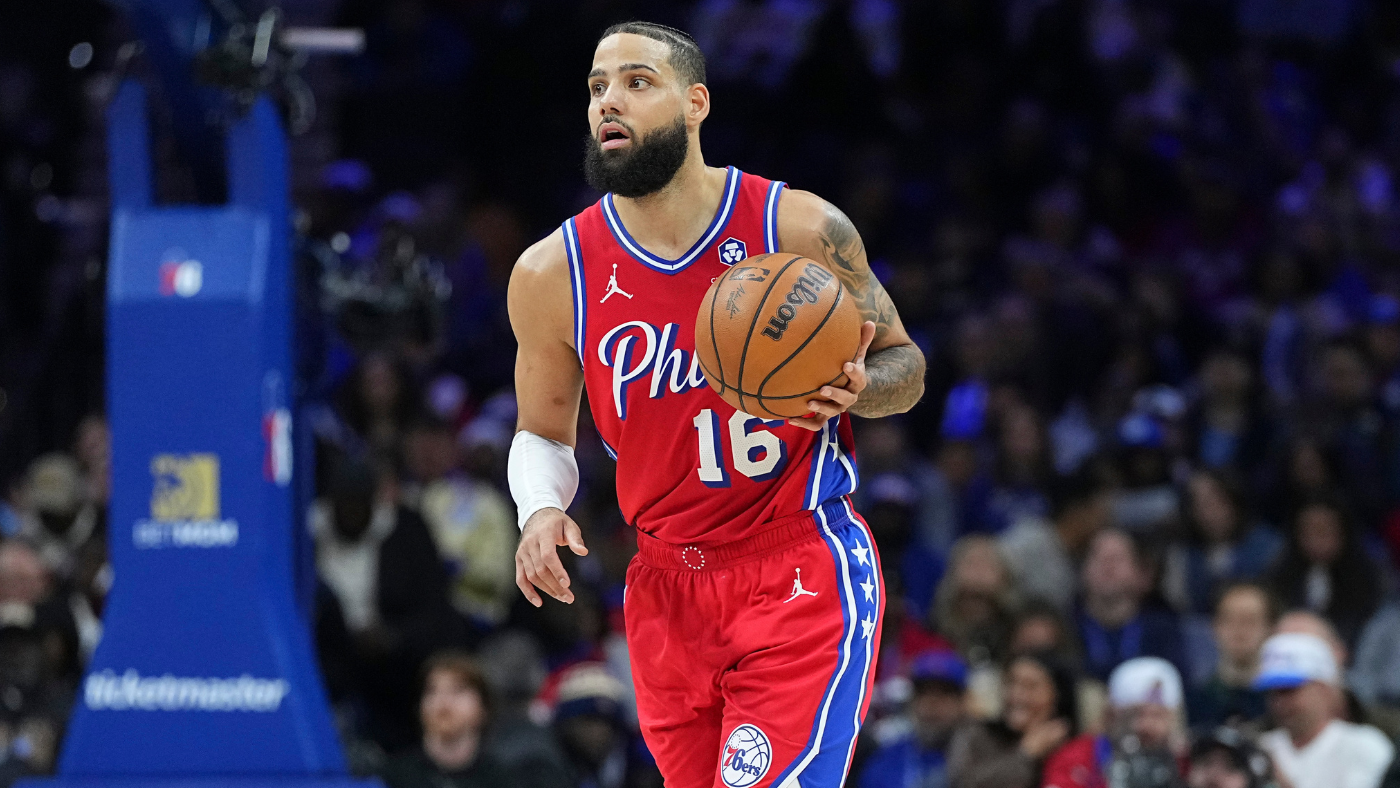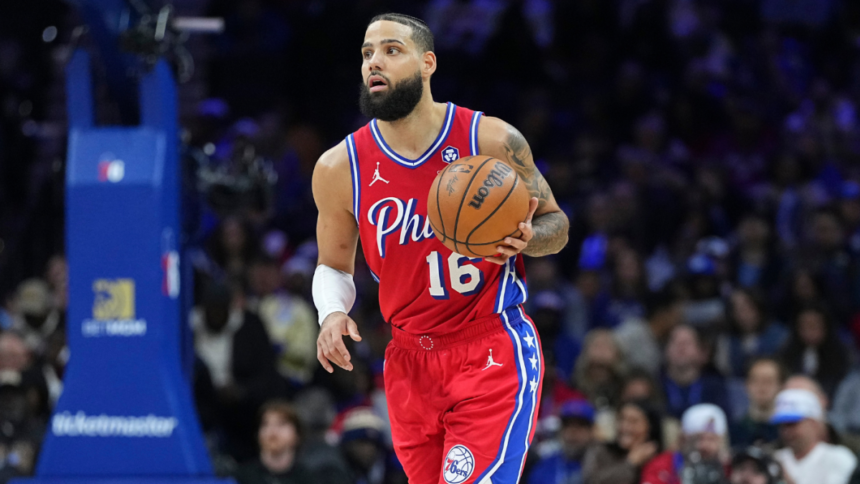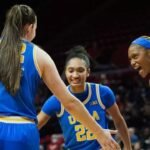
The Philadelphia 76ers are trading wing Caleb Martin to the Dallas Mavericks for Quentin Grimes and Philadelphia’s own 2025 second-round pick, which the Mavericks controlled from a previous trade, according to ESPN’s Shams Charania. The deal marks the second major move for the Mavericks during this deadline cycle, with the first obviously being this weekend’s blockbuster swap of Luka Doncic for Anthony Davis plus other assets from the Los Angeles Lakers.
Both Martin and Grimes were relatively new additions to their teams. Martin signed a four-year, $35 million deal with the 76ers over the summer after passing on a five-year, $65 million pact with his former team, the Miami Heat, only to find that there weren’t better offers out there for him in free agency. The Mavericks, meanwhile, landed Grimes in an offseason trade with the Detroit Pistons, who themselves acquired him from the New York Knicks at last year’s trade deadline.
Now, the Mavericks and 76ers have swapped wings. So what motivated the deal, and how did both sides do in the process? Below are our grades for the deal.
Dallas Mavericks: B-
In the short term, this is really a lateral move for Dallas. Martin is slightly bigger and more versatile defensively, especially having played for a Heat team that demands that out of its perimeter players. Grimes is having the better shooting season, and his overall track record as a shooter in terms of both percentage and volume is higher. Martin has far more playoff experience thanks to his time with the Heat, and he’s a bit better with the ball in his hands. Grimes is five years younger and probably has more room to grow, and he’s a bit quicker, making him an easier defensive matchup against guards. There is not some substantial difference in immediate value between the two. Picking between them is a matter of preference and circumstance.
But there are two important financial reasons the Mavericks could have made this trade. The first is cost control. Grimes is set for restricted free agency this offseason and should draw plenty of interest for teams in need of a wing. Martin, on the other hand, is locked in for three more seasons at a below-market rate. Dallas is essentially taking advantage of the fact that Martin got squeezed out of the deal he was expecting in free agency last summer by grabbing a good player at a reasonable price for the rest of his prime. That’s a good bit of business.
Second, Martin’s higher salary for this season could potentially hold value for Dallas on the trade market. Remember, the Mavericks are still presumably looking for another ball-handler to help fill the void Luka Doncic left behind. While Martin is cost-controlled for the future, he has a higher cap figure than Grimes does right now. Grimes, still on his rookie deal, is making only around $4.3 million this season. But Martin’s cap figure before the trade was $8.1 million, and it could be adjusted up to around $9.2 million if he accepts his trade bonus.
The Mavericks can’t aggregate Martin’s salary for the next 60 days, meaning they can’t combine his money with someone else’s to get a much pricier player. But they can flip Martin at that cap figure for a player in a similar price range. Now, that could be a slightly complicated procedure. The Mavericks will only have around $200,000 in room beneath their first-apron hard cap if Martin accepts his trade bonus, and this deal takes them back above the luxury-tax line after the Doncic deal took them below it. They might have to shed another, smaller salary to make a deal work. But Martin’s long-term deal will appeal to cost-conscious teams, and that opens doors for them in follow-up moves either this week or down the line. Overall, the financial element of this deal makes enough sense for Dallas that the Mavericks come out with a decent grade even if the move isn’t a substantial basketball upgrade.
Philadelphia 76ers: B
This was in part a financially motivated deal for the Mavericks, but it was also a financially motivated move for the 76ers. This swap gets Philadelphia back under the first apron. Now, they are within range of ducking the luxury tax altogether with another move, so shedding that extra salary this season does hold some value for them.
But getting younger also means a great deal as well. This is a team paying max salaries to two injury-prone stars in their 30s between Paul George and Joel Embiid. Three other role players in their 30s, Kelly Oubre Jr., Andre Drummond and Eric Gordon, have player options for next season. There is likely to be some age-related decline here, so adding the younger Grimes and giving themselves room for improvement, even if it winds up being a bit more expensive, does count for something here as well.
So, does the move mean much for them on the court, right now? Probably not. Grimes might be better than Martin. He might be worse. They’ll likely offer similar value to their new teams. But the swap makes sense given where both teams are financially. The 76ers did well to snag a pretty good second-round pick out of a deal that made plenty of sense for them without one.






